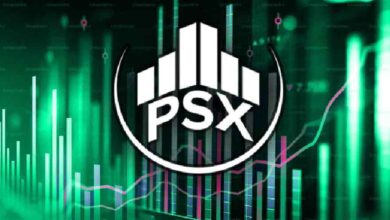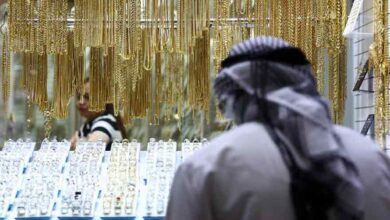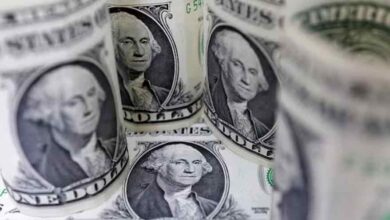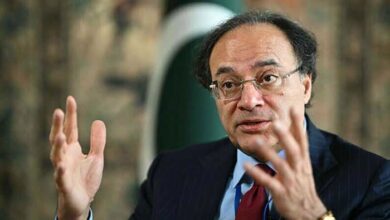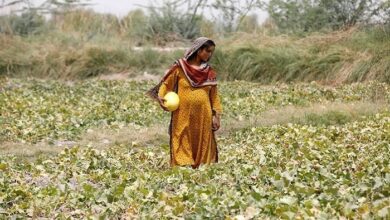The British pound rose to 1.3855 against the U.S. dollar at 0900 GMT on Wednesday, hitting its highest level since April 2018.
The spike of sterling was mainly driven by the growing number of vaccinations across Britain and the weakening U.S. dollar against the blanket of currencies, according to local analysts.
“Demand for safe havens, such as the U.S. dollar, has declined in recent weeks as the number of COVID-19 vaccinations surpassed the total number of people infected with the virus,” the British media CITY.A.M reported.
“GBP (British Pound) bulls have been flexing their muscles since the start of the year based on relief about the EU/UK trade deal and on hopes that the relatively rapid vaccine rollout program will lead to a fairly fast economic recovery this year,” Jane Foley, head of FX strategy at Rabobank, told the London-based newspaper.
Martin Essex, analyst and editor at DailyFX, a market news and analysis firm, said “GBP/USD has nudged above the 1.38 level and its trend higher, prompted by a persistently weak U.S. Dollar, looks to be propelling the pair towards the 1.40 level medium-term — though a correction could occur before that target is reached.”
Positive U.S. corporate earnings and hopes for a U.S. economic recovery “continue to drive the U.S. dollar lower despite warnings that the risk rally may now be overdone, benefiting currencies like Sterling,” said Essex.
Britain is stepping up efforts to speed up vaccine rollout to bring the pandemic under control.
More than 12.6 million people in Britain have been given the first jab of the coronavirus vaccine, according to the latest official figures. Britain aims complete the vaccination of the top priority groups, which cover 15 million people, by mid-February and offer all adults their first dose by autumn.
England is currently under the third national lockdown since the outbreak of the pandemic in the country. Similar restriction measures are also in place in Scotland, Wales and Northern Ireland.
To bring life back to normal, countries such as Britain, China, Germany, Russia and the United States have been racing against time to roll out coronavirus vaccines.

